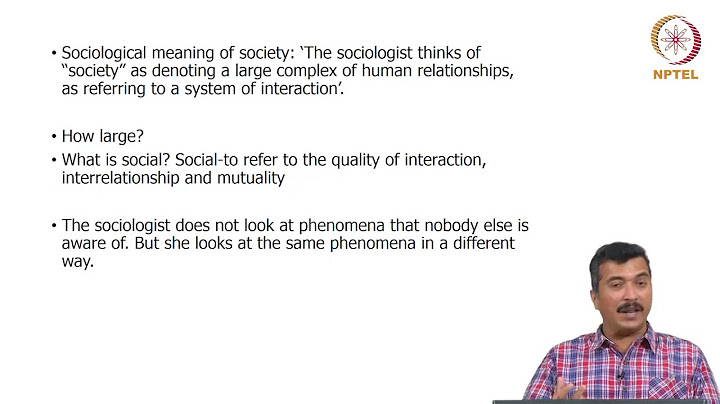You are correct, the answer is C. Show
A. Amortization is used in a profit and loss statement, not in computing potential losses. B. A return on investment (ROI) is computed when there is predictable savings or revenues that can be compared to the investment needed to realize the revenues. C. The common practice, when it is difficult to calculate the financial losses, is to take a qualitative approach, in which the manager affected by the risk defines the impact in terms of a weighted factor (e.g., one is a very low impact to the business and five is a very high impact). D. Spending the time needed to define exactly the total amount is normally a wrong approach. If it has been difficult to estimate potential losses (e.g., losses derived from erosion of public image due to a hack attack), that situation is not likely to change and, at the end of the day, the result will be a not well-supported evaluation. You are correct, the answer is D. A. A threat is anything (e.g., object, substance, human) that is capable of acting against an asset in a manner that can result in harm. A threat exists regardless of controls or a lack of controls. B. An asset is something of either tangible or intangible value that is worth protecting, including people, information, infrastructure, finances and reputation. The asset value is not affected by a lack of controls. C. Impact represents the outcome or result of a threat exploiting a vulnerability. A lack of controls would lead to a higher impact, but the lack of controls is defined as a vulnerability, not an impact. D. The lack of adequate security controls represents a vulnerability, exposing sensitive information and data to the risk of malicious damage, attack or unauthorized access by hackers. This could result in a loss of sensitive information and lead to the loss of goodwill for the organization. A succinct definition of risk is provided by the Guidelines for the Management of IT Security published by the International Organization for Standardization (ISO), which defines risk as the "potential that a given threat will exploit the vulnerability of an asset or group of assets to cause loss or damage to the assets." The various elements of the definition are vulnerability, threat, asset and impact. Lack of adequate security functionality in this context is a vulnerability. You are correct, the answer is B. A. Given that there may be slack time available on some of the other tasks not on the critical path, the resource allocation should be based on the project segments that affect delivery dates. B. Because adding resources may change the route of the critical path, the critical path must be reevaluated to ensure that additional resources will, in fact, shorten the project duration. C. Given that there may be slack time available on some of the other tasks not on the critical path, a factor such as the length of other tasks may or may not be affected. D. Depending on the skill level of the resources required or available, the addition of resources may not, in fact, shorten the time line. Therefore, the first step is to examine what resources are required to address the times on the critical path. You answered D. The correct answer is C. A. A project database may contain the information about control effectiveness for one specific project and updates to various parameters pertaining to the current status of that single project. B. Policy documents on project management set direction for the design, development, implementation and monitoring of the project. C. A project portfolio database is the basis for project portfolio management. It includes project data such as owner, schedules, objectives, project type, status and cost. Project portfolio management requires specific project portfolio reports. D. Program organization is the team required (steering committee, quality assurance, systems personnel, analyst, programmer, hardware support, etc.) to meet the delivery objectives of the projects. Which of the following should be a major concern for an IS auditor reviewing a business continuity plan BCP )?Which of the following should be a MAJOR concern for an IS auditor reviewing a business continuity plan? The plan is approved by the chief information officer.
Which of these would concern an IS auditor while performing an audit of a disaster recovery plan DRP )?Which of the following would be of MOST concern to an IS auditor performing an audit of a disaster recovery plan (DRP)? The DRP has not been tested.
Which of the following is most important to have in place to build consensus among key stakeholders on the cost effectiveness of it?Which of the following is the MOST important to have in place to build consensus among key stakeholders on the cost-effectiveness of IT? The implementation of an IT governance framework requires that the board of directors of an organization: A. approve the IT strategy.
Which of the following is most important to ensure that effective application controls are maintained?Which of the following is MOST important to ensure that effective application controls are maintained? Control self-assessment (CSA) is correct. CSA is the review of business objectives and internal controls in a formal and documented collaborative process.
|

zusammenhängende Posts
Werbung
NEUESTEN NACHRICHTEN
Werbung
Populer
Werbung

Urheberrechte © © 2024 defrojeostern Inc.











